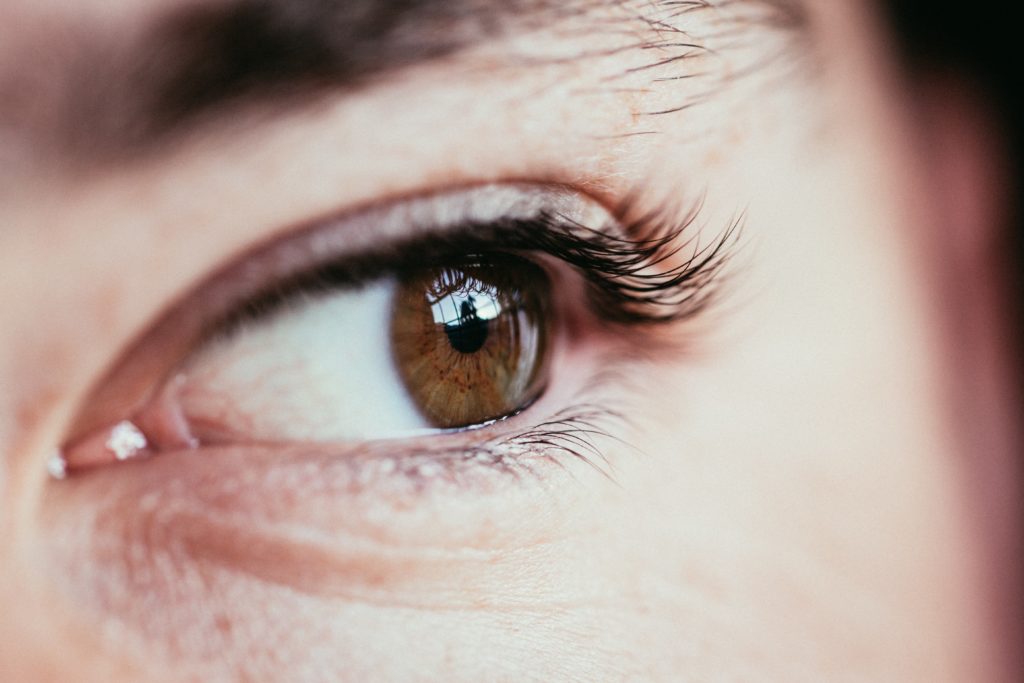For years, studies have come out that link the fact that people from all cultures across the globe associate the lack of eye contact with their belief the person is lying. Is this true? How can we tell?

Much research has been done on this fact. Dr. Paul Ekman and Dr. David Matsumoto have devoted their lives to researching ways to detect deception and tell if someone is lying. Recently, Dr. Matsumoto wrote a blog post that included much research from social psychologist and micro-expressions expert Dr. Mark Frank. His blog post states that many videos, articles, and newscasts suggest that a person’s eye contact and/or eye gaze often times has a hidden meaning: Looking up to the right means someone is making up something. Looking up to the left means they’re remembering something. If someone isn’t looking at you, they’re lying.
So where do these doctors feel that this wrong view comes from? Dr. Matsumoto writes, “There is no simple answer to this complex question, but Dr. Frank alludes that it may be associated with children’s behavior when they lie. He states that eye contact is probably a good clue to deception with younger children – possibly due to the emotion of guilt – but that, as they grow older, children learn socially that they have to maintain eye contact in order to lie successfully.”
So what is a better gauge to tell if someone is lying? It is a good idea to first get a read on the person you are speaking to. Do they look at you during normal speech? Or do they look away? Are they nervous talkers or confident? Knowing how they talk in normal speech will help you to see if that pattern changes when you get into “uncomfortable territory.” If a person’s pattern changes when you start asking them questions that might be hard to answer, that MAY be an indication they are lying.
New Studies
New studies concluded that eye contact is not an indication of lying or truth-telling. In 2008, Dr. Stephen Porter’s of Dalhousie University published a study called “Lying? The Face Betrays Deceiver’s True Emotions, But In Unexpected Ways.”
Dr. Porter concluded that it is indeed the face that gives liars away, but not in the stereotypical ways we believe. To him “it’s not the shifty eyes or sweaty brow or an elongated nose (à la Pinocchio) the lie detector should look for. Instead, other elements of a liar’s face will give them away – ‘cracking’ briefly and allowing displays of true emotion to leak on to the face”.
Again another notch in the micro-expression door post. Learning how to read people’s micro and macro expressions can aid in detecting deception.


Comments are closed.